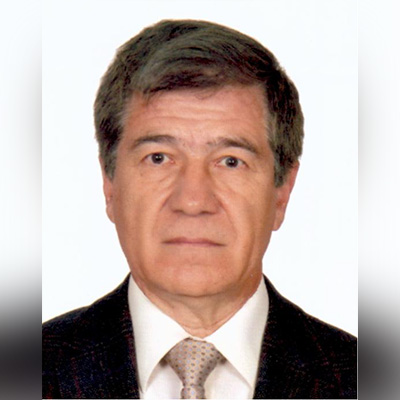Energy Efficiency Technologies in Smart Buildings
Abstract
In December 2015, the Paris Agreement brought universal consensus to strengthen global climate action with the aim of keeping the global temperature rise this century well below 2°C above pre-industrial levels and to pursue efforts to limit the temperature increase even further to 1.5°C. The Agreement entered enforcement in early November 2016.
Nationally determined contributions, descriptions of countries’ commitments to help reach the goal of the Paris Agreement have been developed in a variety of forms: some with national greenhouse gas (GHG) emissions reduction targets, others with sectoral breakdowns of emissions reduction commitments, and others include renewable energy and energy efficiency targets and adaptation actions.
The building sector is responsible for approximately 50% of global electricity demand and 25% of global GHG emissions, from which roughly 30% are direct emissions (e.g., space heating and hot water production) and 70% are indirect emissions (e.g., electric appliances and lighting).
Technological solutions are already available and cost-efficient to reduce a significant portion of emissions. Examples include: increased thermal insulation; double/triple glazing for windows; energy efficient heating, cooling, ventilation, lighting, and appliances; integrating renewables.
Proper insulation of a building’s external area (walls, roof, foundation, floors) reduces thermal losses and helps to minimise the amount of energy needed to keep the indoor air temperature at a comfortable level. Reaching a low U-value for windows is crucial to minimise energy consumption for heating or cooling.
Increasing the energy efficiency of space and water heating and space cooling devices has a major impact on the overall energy consumption of buildings (e.g. Condensing gas boilers, Heat pumps, Absorption chillers, Tri-generation). Heat pumps are also a potentially valuable element of “nearly Zero Energy Buildings”.
Ventilation provides indoor areas with fresh air and helps keep internal temperatures and humidity at comfortable levels. The constant exchange of indoor air reduces moisture, odours, and pollutants (e.g. Mechanical ventilation with heat recovery).
Lighting accounts for nearly 10%-15% energy consumption in the residential sector; in comparison, commercial building consumption is around 15%-30%. There is a high potential to reduce energy consumption for lighting (e.g., Energy efficient solid-state lighting, Light Emitting Diodes).
Retrofitting of the existing building stock plays a key role in reaching climate targets. By prioritising a deep renovation policy pathway, countries can increase green employment significantly, while saving households billions of Euros on energy bills. The article discusses relevant technologies in the field.
Biographical Sketch
Graduated from Ankara Science High School in 1970, from Istanbul Technical University, Mechanical Engineering Faculty in 1974. Won Fullbright and TÜBİTAK scholarships to study in the USA. Recieved his M.Sc. degree from Syracuse University in 1976 and Ph. D. from University of California, Berkeley in 1980. Worked at Lawrence Berkeley Laboratories and Union Carbide Research Center after graduation. Served as a guest professor at Universitaet Karlsruhe (TH) with support from the Alexander von Humboldt Foundation in Germany for three years (1981-1984). Returned to Turkey and worked at TÜBİTAK Marmara Research Center, Bosch and Demirdöküm in the Research Department before becoming a full professor at Yıldız Technical University in 1997. He has served as the Dean in the Mechanical Engineering Faculty. Has published more than 150 papers, books and conference articles and speaks fluent English and German. At present, is the dean of the Engineering Faculty at Istanbul Aydın University and is a member of professional organizations, ISKAV, HVAC Research and Education Foundation, TTMD, Turkish Installation Engineers Association, ISKID, HVAC Equipment Manufacturers Association, MTMD, Mechanical Installation Contractors Association.
